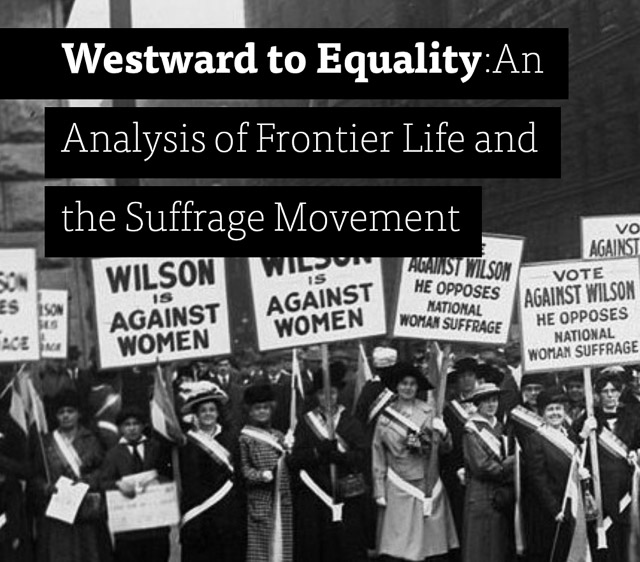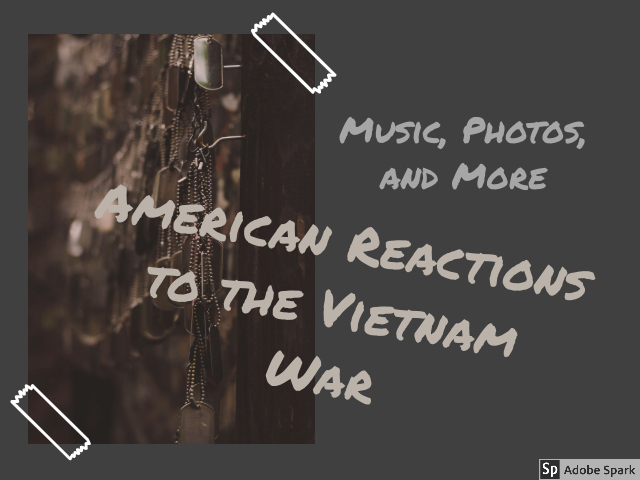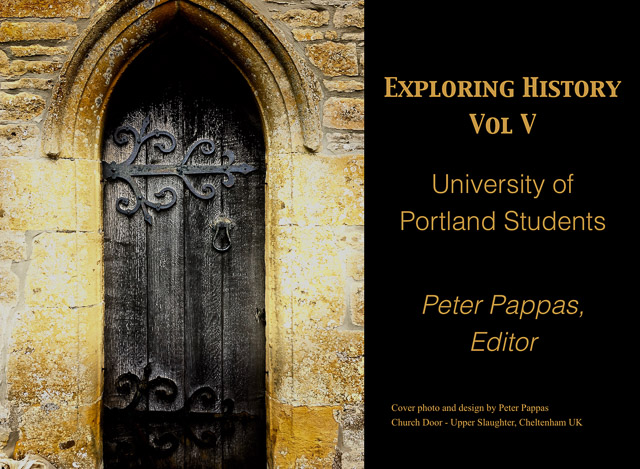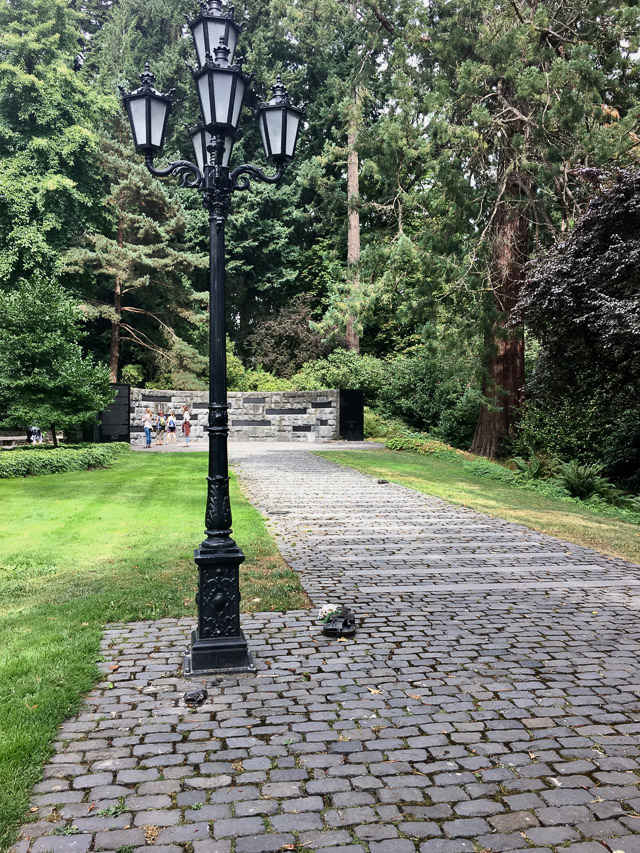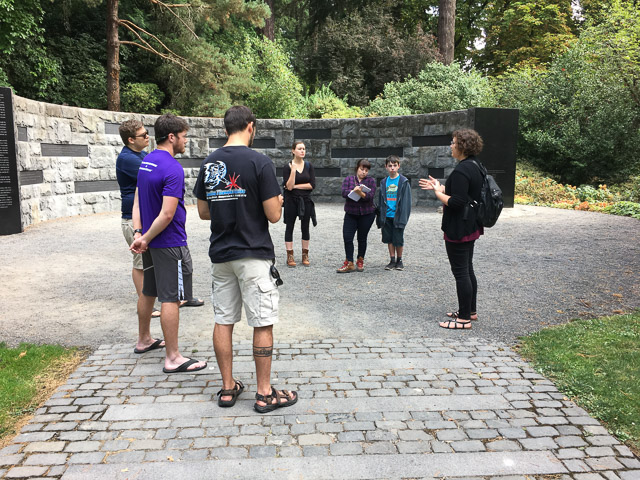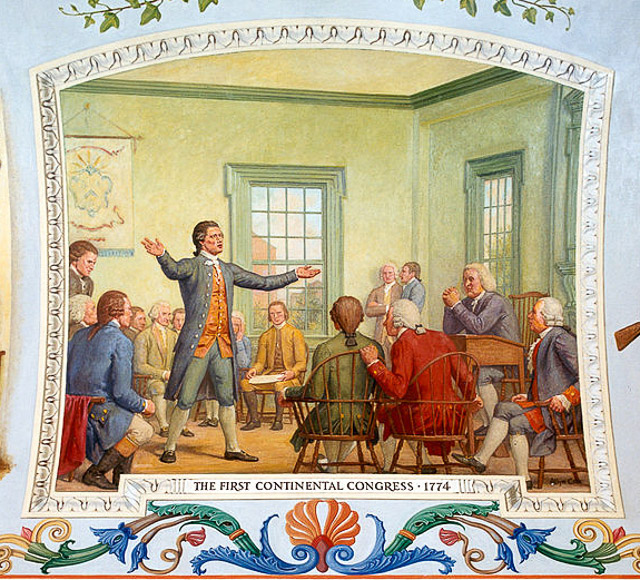This semester my EdMethods students used Microsoft Sway for their final lesson design projects. This document-based lesson by Jordan Bonnell explores the essential question:
Did the Western Migration in the mid 19th century draw women to fight for equality as they obtained more responsibility?
~ Jordan Bonnell
For a direct link to the Sway click here.
More lessons in this series.
Click navigation tab in lower right to to scroll and eliminate cookie notification.
